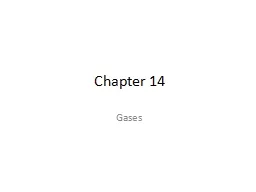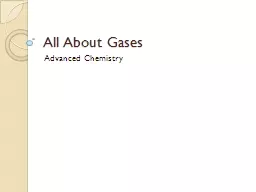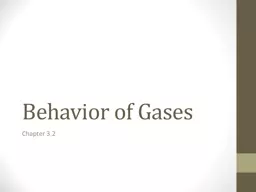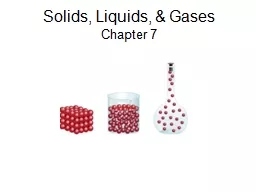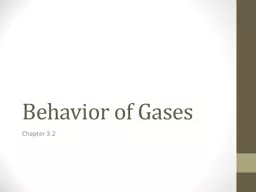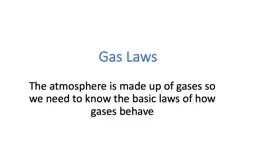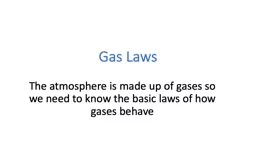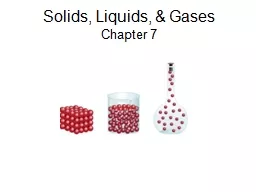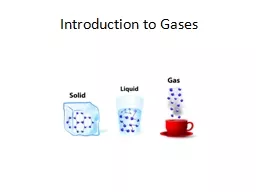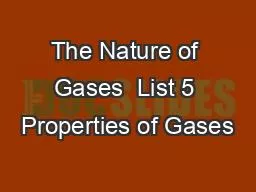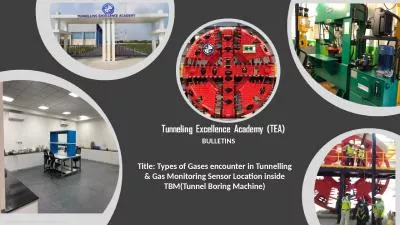PPT-Chapter 14 Gases Gas Pressure
Author : liane-varnes | Published Date : 2018-11-06
The SI unit of pressure is the pascal Pa One standard atmosphere atm is the pressure required to support 760 mm of mercury in a mercury barometer at 25C 131
Presentation Embed Code
Download Presentation
Download Presentation The PPT/PDF document "Chapter 14 Gases Gas Pressure" is the property of its rightful owner. Permission is granted to download and print the materials on this website for personal, non-commercial use only, and to display it on your personal computer provided you do not modify the materials and that you retain all copyright notices contained in the materials. By downloading content from our website, you accept the terms of this agreement.
Chapter 14 Gases Gas Pressure: Transcript
Download Rules Of Document
"Chapter 14 Gases Gas Pressure"The content belongs to its owner. You may download and print it for personal use, without modification, and keep all copyright notices. By downloading, you agree to these terms.
Related Documents

